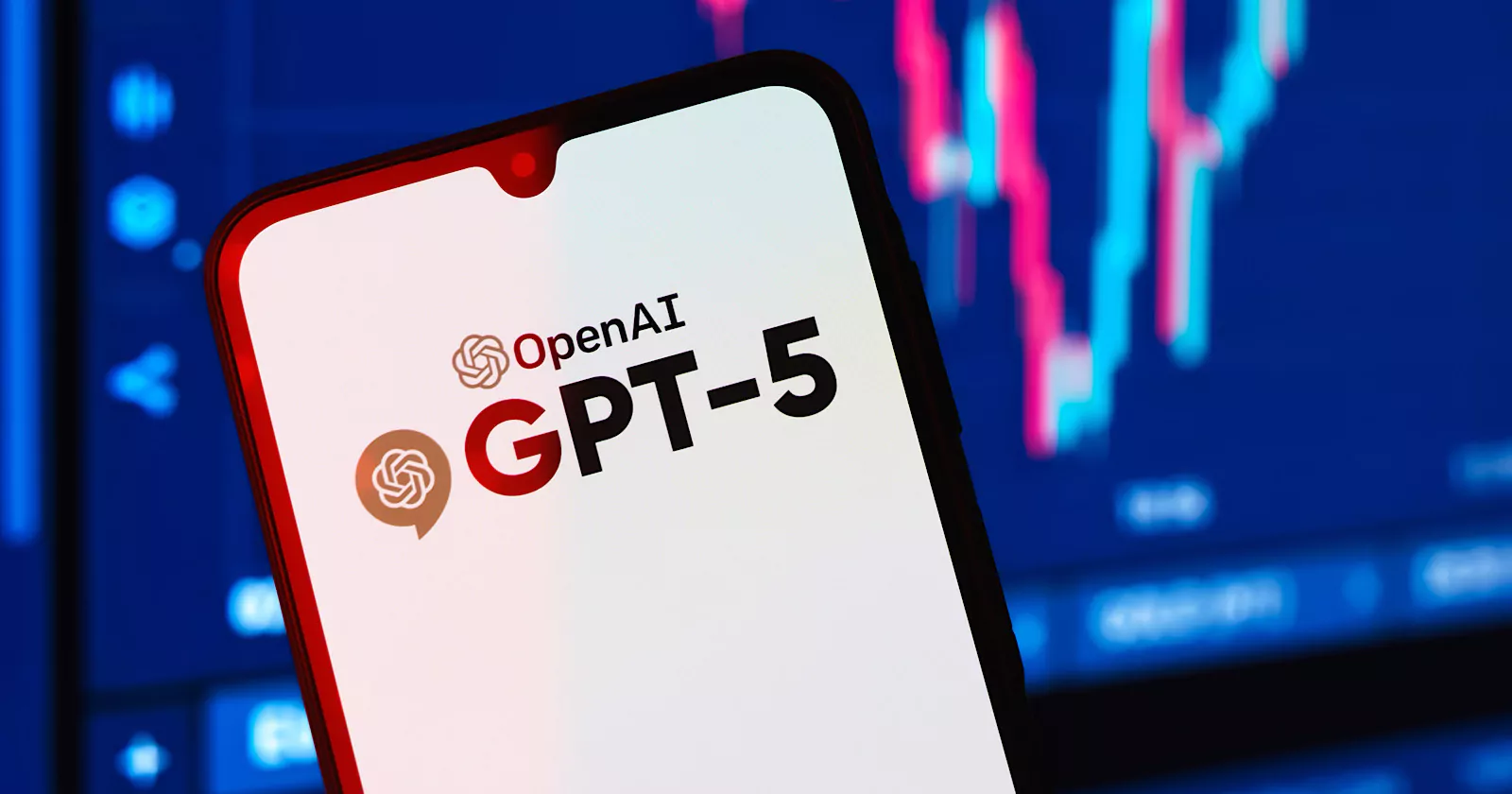In a groundbreaking move, OpenAI has unveiled its most advanced large language model to date, GPT-5, making it accessible to all ChatGPT users, including those on the free tier. Described by CEO Sam Altman as a "PhD-level expert" in any subject, GPT-5 promises significant improvements in reasoning, accuracy, and usability across various domains, including coding, writing, and healthcare. This rollout marks a major milestone in OpenAI's mission to advance artificial intelligence toward artificial general intelligence (AGI), and its implications are set to revolutionize the way we interact with AI.
GPT-5 introduces a unified system that automatically switches between standard chat and a deeper "Thinking" mode for complex tasks, eliminating the need for users to manually select models. This streamlined approach enables users to harness the full potential of GPT-5, which boasts significant advancements, including fewer hallucinations and improved performance in coding. With a reported 74.9% score on the SWE-bench Verified benchmark, GPT-5 excels at generating complex front-end code and debugging large repositories, making it a powerful tool for developers. Furthermore, in healthcare, GPT-5 offers more precise responses, adapting to users' knowledge levels and geography, although OpenAI emphasizes that it is not a replacement for medical professionals.
The new model also prioritizes user experience, allowing users to customize ChatGPT with four preset personalities and choose chat colors for a personalized experience. OpenAI's focus on safety is evident in GPT-5's development, with over 5,000 hours of red-teaming and testing with external organizations to reduce risks like deception and harmful outputs. A new "safe completions" approach enables the model to provide helpful responses within safety constraints, rather than outright refusing risky prompts. Despite these advancements, OpenAI acknowledges limitations in persistent memory and continuous learning, with Altman noting that GPT-5 is a "significant step" toward AGI but not yet capable of fully autonomous task execution.
The launch of GPT-5 comes amid a competitive AI landscape, with other companies like Anthropic and Google releasing their own AI models. OpenAI's decision to make GPT-5 free for all users, with tiered usage limits, aims to maintain its edge in the market. With ChatGPT now boasting nearly 700 million weekly active users, the introduction of GPT-5 is set to further cement its position as a leading AI platform. The company's shift toward task completion and user satisfaction, rather than engagement metrics, signals a new direction for ChatGPT as a productivity tool. As OpenAI continues to refine GPT-5, its integration with tools like Gmail and Google Calendar for Pro users hints at a future of seamless, AI-driven workflows.
The implications of GPT-5 extend beyond the tech industry, with potential applications in various sectors, including education, healthcare, and finance. As AI continues to evolve, it is likely to have a profound impact on the way we live and work. With GPT-5, OpenAI is pushing the boundaries of what is possible with AI, and its commitment to safety and user experience is a testament to the company's dedication to responsible AI development. As the AI landscape continues to shift, one thing is clear: GPT-5 is a significant step toward a future where AI is not just a tool, but a partner in our personal and professional lives.
In conclusion, the rollout of GPT-5 marks a new era of AI interaction, one that promises to revolutionize the way we work, learn, and interact with technology. With its advanced capabilities, user-friendly interface, and commitment to safety, GPT-5 is set to change the game for AI users around the world. As OpenAI continues to innovate and push the boundaries of AI, it is exciting to think about what the future holds for this technology and its potential to transform our lives.

